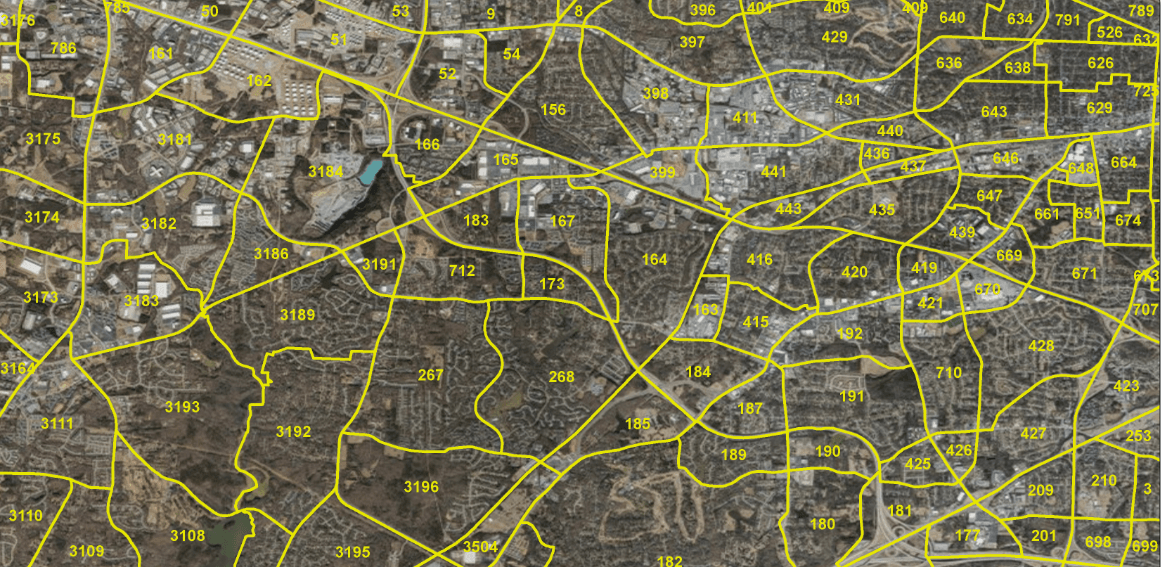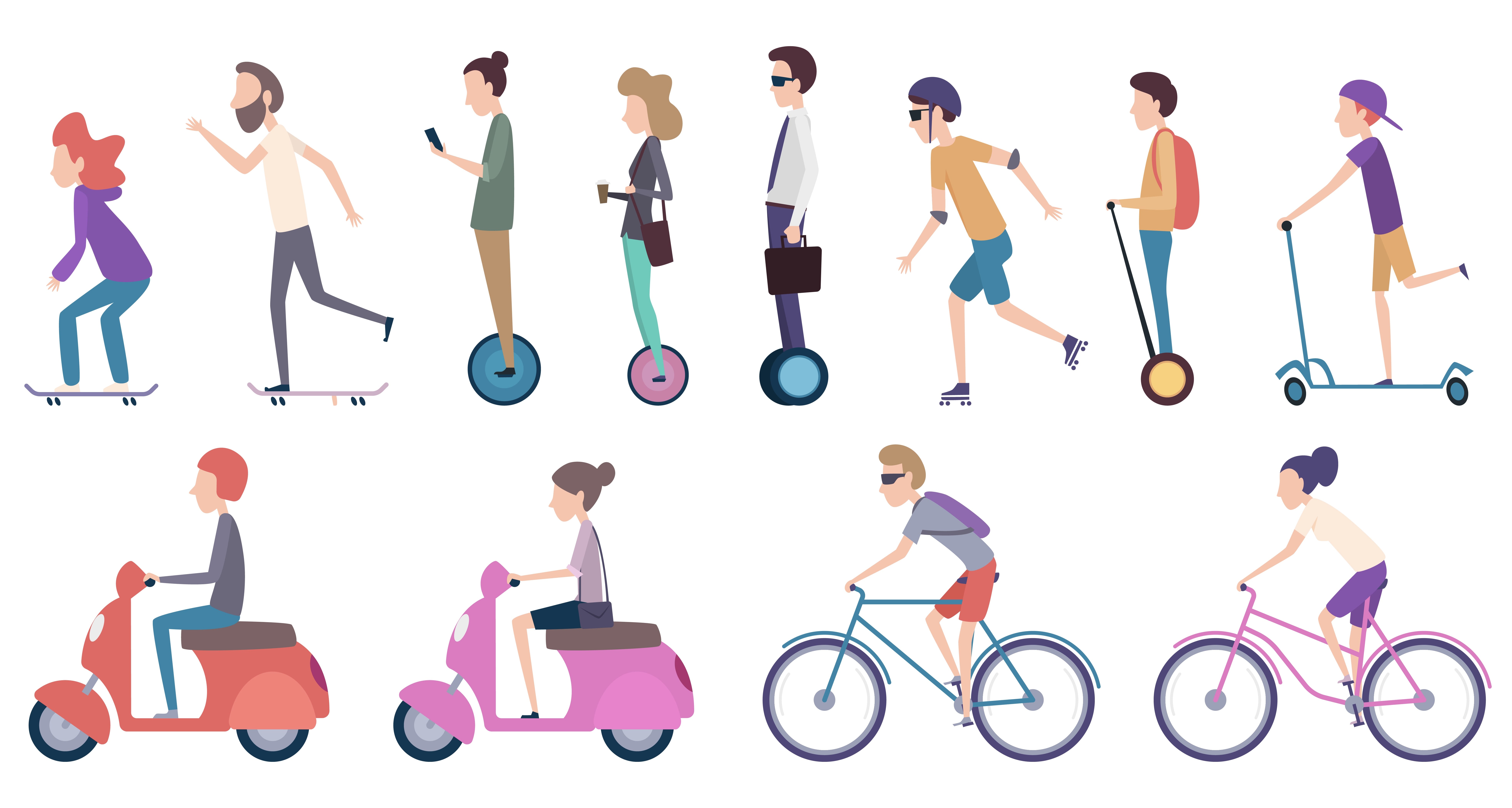Ethical Development of a Transportation Demand Model

A travel demand model uses travel behavior to predict how travel patterns will change based on specific infrastructure changes. As has been the current trend in the US since at least the early 1900s, travel demand models have primarily focused on how traveling by car changes. However, only recently have we begun to understand the widespread impacts of spending hours every day stuck inside a car. At the very minimum, longer driving time is associated (not correlated but some studies do draw this conclusion) with "higher odds for smoking, insufficient physical activity, short sleep, obesity, and worse physical and mental health. The associations consistently showed a dose-response pattern and more than 120 minutes of driving per day had the strongest and most consistent associations with the majority of outcomes" (Ding et al.).
In addition to the health impacts of car travel, there are of course significant time and money costs also associated with car travel. For example, the 2019 Urban Mobility Report found that commuters within a U.S. Urban Area experienced on average 54 hours of traffic every single year. This results in approximately 21 wasted gallons of gas and $1,080 lost per commuter.

As a result of these various car travel related health impacts, there has been a recent push towards less motorized forms of transportation, including but not limited to walking, biking, micro-mobility, and various forms of public transit. However, as a result of previous history, travel demand models do not accurately capture how non-car transit changes with new infrastructure.
Then, this project is a hypothetical process where I will develop a transportation demand model in an ethical manner. Although not the only ethical issue, a major theme of this project will be my attempts to capture the travel behavior of disadvantaged communities such as children, the elderly, and the poor. Note, I consider them disadvantaged because these groups tend to lack access to personal vehicles and are thus at a disadvantage when our transportation network is built around cars. As a result they are the groups that can best benefit from the appropriate use of my travel demand model.
This hypothetical project will proceed along four primary steps: (1) data collection and measurement, (2) analysis and modeling, (3) usage of the project, and finally (4) revision, scaling, and long term considerations. Throughout each of these steps, the ethical impact on disadvantaged communities will be discussed, as well as some more specific ethical/justice related issues.
To begin browsing the project, simply look through the table of contents below: